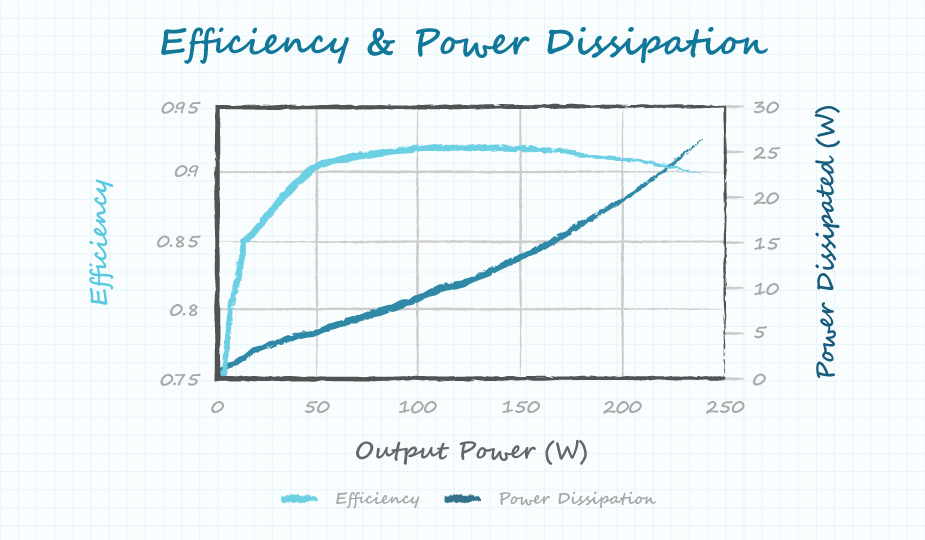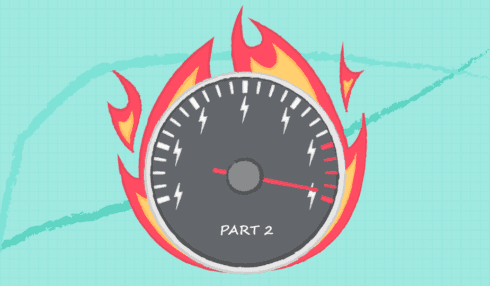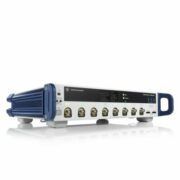Welcome to Part 2 of our “Pushing the Limits” series, where we delve into a question we hear often at CUI, “What if I operate my power supply outside of a certain specification range?” In Part 1 we covered the input voltage specification. Now in Part 2 we will look at output current and the problems that can occur when exceeding the output current specification.
Output Current Limits
The rated output current is one of the most important specs when selecting a power supply. It plays a large part in determining the size and cost of the unit, which leads designers to choose power supplies that have just enough current to meet their requirements. In these cases, it is tempting for a designer to select a power supply that addresses the “normal” operating current in order to save on cost and size, while assuming that it can handle the peak currents for a short time. This same line of thinking goes for the minimum current limit as well. However, exceeding either maximum or minimum current specs can lead to several issues including degradation of performance, protected shutdown, or even component failure.
Exceeding Output Current Limits – Performance Issues
Efficiency, regulation, and electromagnetic emissions (EMI) are some of the most important specifications affected when operating a power supply outside of its rated output current.
As the output current goes up, so does the output power. If the efficiency were fixed across load, the additional current would lead to a linear increase in power dissipation within the supply. This added power loss causes an increase in component temperature rise which can lead to thermal failure. In practice it is unlikely that the efficiency will remain constant and, as shown in the graph below, it is common for a power supply to reach peak efficiency before maximum load, resulting in efficiency that decreases past its rated current. This leads to an exponential increase in power dissipation with respect to load increases, causing the maximum temperature to drop much faster than if the efficiency were constant. In addition to the thermal concerns, the dropping efficiency could cause the power supply and/or system to fail efficiency regulations. As the graph further shows, when operating the power supply 20% beyond the rated load of 200 W, the efficiency drops a full percentage point below its 91% specification. This results in a 30% increase in power dissipation.

To read more, please click the link below










